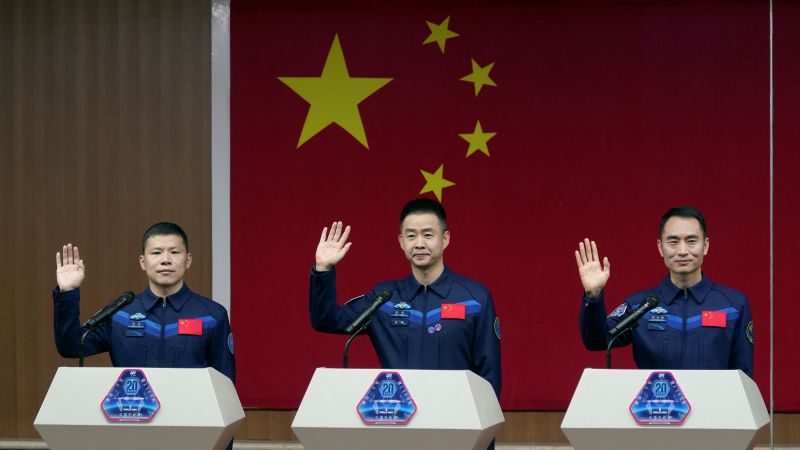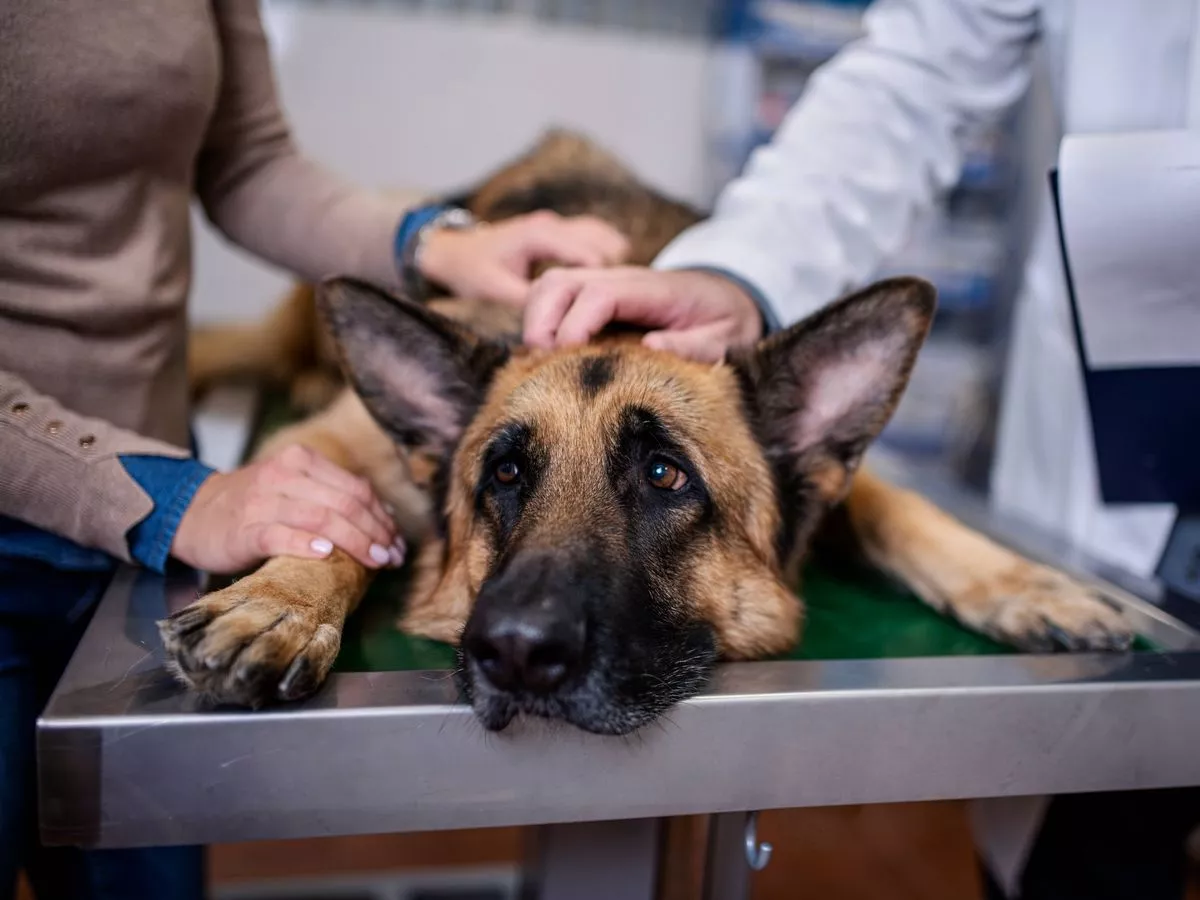Copyright New York Daily News

Something was clearly wrong with Jaxson Dart when he hit his head on the grass in Chicago on Sunday. When he laid motionless and did not reach out for the football after his third-quarter fumble. When he got up slowly by putting weight on his elbows and knees with his head bowed. But the NFL’s concussion spotter and unaffiliated neurological consultants at Soldier Field did not call in for an evaluation with the clock stopped at 5:05 remaining in the third. The Giants did not examine their most important player at that point. They put him back on the field with 34 seconds remaining in the quarter for two more plays to begin the Giants’ next offensive drive. And only then, at the quarter break, did coaches on the Giants’ sideline recognize something might be wrong and send him to the blue medical tent and then the locker room. “If that’s true, then that would be a failure of the protocol,” Chris Nowinski, Ph. D., founding CEO of the Concussion Legacy Foundation, told the Daily News on the phone Monday. “Because what triggers the protocol is head impact and lying motionless, which he was. There’s actually fumbling a football and making no attempt to recover it. So unless he has three broken ribs, that’s a concussion.” A source told the Daily News that the NFL and the NFL Players’ Association on Tuesday that the parties are not conducting a joint investigation into the situation. But it is mandatory that the league and union take a closer and official look at what broke down in their process here. Because Dart’s livelihood and career were put at risk by the apparent negligence that occurred in this instance. It is not yet known how long he will be out. Brian Daboll, who was staring at the play in question at close proximity from the sideline, knew this would be scrutinized before he got fired. That’s why he sounded like he suddenly had a law degree during his final press conference as Giants head coach when he said: “I’m not sure exactly the play that [the concussion] happened.” “I don’t know the exact play that it happened for him relative to getting hurt or not getting hurt,” Daboll claimed. “I don’t know the play. I don’t know what it was.” Dart’s concussion evaluations have been a sore subject for Daboll this season. The head coach embarrassed the organization in Week 6 when he charged into the blue medical tent during Dart’s evaluation on the sideline and yelled at the team doctor. The NFL and the players’ union investigated the incident and levied a $200,000 fine against the Giants, a $100,000 fine against Daboll and a $15,000 fine against rookie running back Cam Skattebo for entering the tent, too. Daboll’s reckless usage of Dart, the inevitability of this injury to his quarterback and the mismanagement of the QB’s health on Sunday turned out to be one of the final straws for the coach. So the Giants need to answer for what happened here. But there also needs to be scrutiny of the NFL’s concussion spotter and unaffiliated neurological consultants at Soldier Field who did not identify anything unusual about Dart’s mannerisms after he was planted to the ground by Bears defensive lineman Austin Booker. Come to think of it, that was the second play in Sunday’s Giants-Bears game that Dart seemed to obviously require an examination for a hit to the head but was not removed from the game. Dart had his head slammed to the turf with around eight minutes remaining in the second quarter, and his helmet came off, after being sacked by several defenders. Bears linebacker Noah Sewell even was flagged for a 15-yard personal foul penalty for giving Dart a forearm to the head as he was being dragged down. But Dart remained in the game. This situation’s mishandling is even scarier considering Dart’s recent history of head trauma. Dart has been evaluated for a concussion four times since the beginning of the preseason. In fact, he has been evaluated for a concussion once a month for the past four months: on Aug. 21 against the Patriots, Sept. 28 against the Chargers, Oct. 9 against the Eagles and Nov. 9 against the Bears. That’s a staggering number of trips to the blue tent, including three evaluations in which Dart cleared the protocol and returned to the field to take more hits. And remember, being cleared from the NFL’s concussion protocol does not mean Dart did not sustain head trauma. As Nowinski put it, the blue tent is “a shortcut only used in the NFL,” and the league’s protocol “is completely inappropriate for anybody else that’s not a professional athlete.” “Every time someone gets evaluated and put back in, we’re taking a risk with their lives,” Nowinski said. “This is the risk of the system they’ve set up, both the NFL and NFL Players’ Association. There’s a risk to being returned too soon, but there’s also a risk to being held out when you’re healthy.” To Nowinski’s point, Dart has said before how annoyed he gets when he is removed from games for those evaluations. Sometimes players are taken out of the game when they legitimately believe they are not impaired. The point of this, though, is that the injured player cannot be the arbiter of the situation. The NFL, union and teams have professionals in charge of governing that. And if those professionals don’t do their jobs protecting the players, there need to be consequences. That’s why the NFL and the NFLPA need to investigate this. In Oct. 2022, the league and union fired an unaffiliated neurotrauma consultant after conducting a joint review of how Miami Dolphins quarterback Tua Tagovailoa was cleared from the protocol during a game against the Buffalo Bills. The scene of Tagovailoa clamming up unconscious on the ground in the fencing posture with his hands clenched was an unforgettably frightening image. Head injuries that are high-profile typically prompt closer scrutiny from the league and union. Dart’s situation, for some reason, isn’t yet receiving the same attention. But it must. Dart’s livelihood and career are on the line. It’s too important to let this go.



